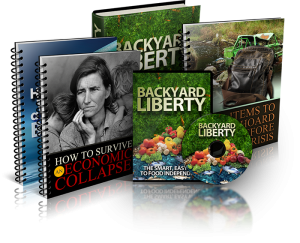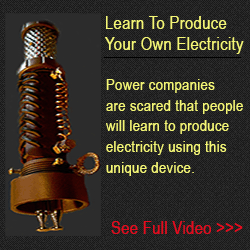Aquaponics is the blending of aquaculture, which is the raising of marine life, with hydroponics, the growing of plants in water that would otherwise be raised in the soil or ground. The process is organic, and each component relies on the other for sustainability, it is a self-sustaining cycle however if all components function normally. The entire process of raising fish and other marine life with vegetables is a renewable and sustainable source of food.
The water from the fish tank is pumped to the plants for filtering and cleaning, and of course, the water is nutrient rich providing food to the plants. The plants and growing medium will filter the water before it is cycled backed to the fish tank.
Virtually any plant can be grown using the hydroponics method. The growing medium can be gravel or clay pellets or other mediums specifically designed for hydroponics. The marine life on the other hand must be able to breed in captivity and get along with other marine life. You can of course use two tanks or even more, keep the marine life separated, and only keep the same species in each tank.
You want fish that mature relatively quickly and are a species that everyone in the family will want to eat. Species that do well in captivity include tilapia, white bass, trout, catfish and crappies. You can also raise shrimp and various types of snails.
It will take some effort and time to establish your Aquaponics system but once up and operational you will have a steady supply of fish and fresh produce. The system can be outdoors if the climate is conducive to long growing seasons and the marine life is protected from the elements and predators. It is recommended that you establish your system inside of a structure however, such as a greenhouse that can provide natural lighting otherwise; you will need a series of growing lights.
If protected your Aquaponics system can grow vegetables all year around making the system ideal for survival situations. Surpluses of fish and plants can be preserved for the off seasons and bartered for other supplies and services during an extended crisis.
How Large Should Your System Be
It depends on how much produce and fish you want to raise. You do not want to produce more than you can eat or preserve because you cannot afford waste, so assume for the time being that your system will be a supplemental food  system and is not for commercial use.
system and is not for commercial use.
You can of course raise fish and vegetables to sell at market, but you will need to ensure there is a large enough market. You cannot harvest 30 pounds of produce and fish daily and not have anywhere to go with it. You will need a system in place to preserve any surpluses.
Generally, one pound of fish equals 15 pounds of produce. You must have enough plant life to filter the water volume adequately, so if you have a tremendous amount of fish and little plant life your system will not work. On the other hand, too many plants and the nutrients will not be enough if you have little in the way of marine life.
Your system will grow and you have to keep in mind fish and plants start out small so you cannot load up the fish tank with immature marine life. You have to have the water volume designed for mature marine life so essentially overloading the tank will create problems, and when the fish are small it does not appear that it is overloaded until they mature.
To keep your system operational during a crisis you will need a way to provide electricity to the pumps or design a solar system that can be used to operate the small pumps. Generators are an option and if used for the sole purpose of keeping the pumps then fuel will be less of an issue.
small pumps. Generators are an option and if used for the sole purpose of keeping the pumps then fuel will be less of an issue.
During an extended crisis, others may become aware of your food source and this can make you a target. It is recommended that you do not advertise what you are doing, or do not explain that is specifically for a food source during a crisis.
Source: prepforshtf.com

